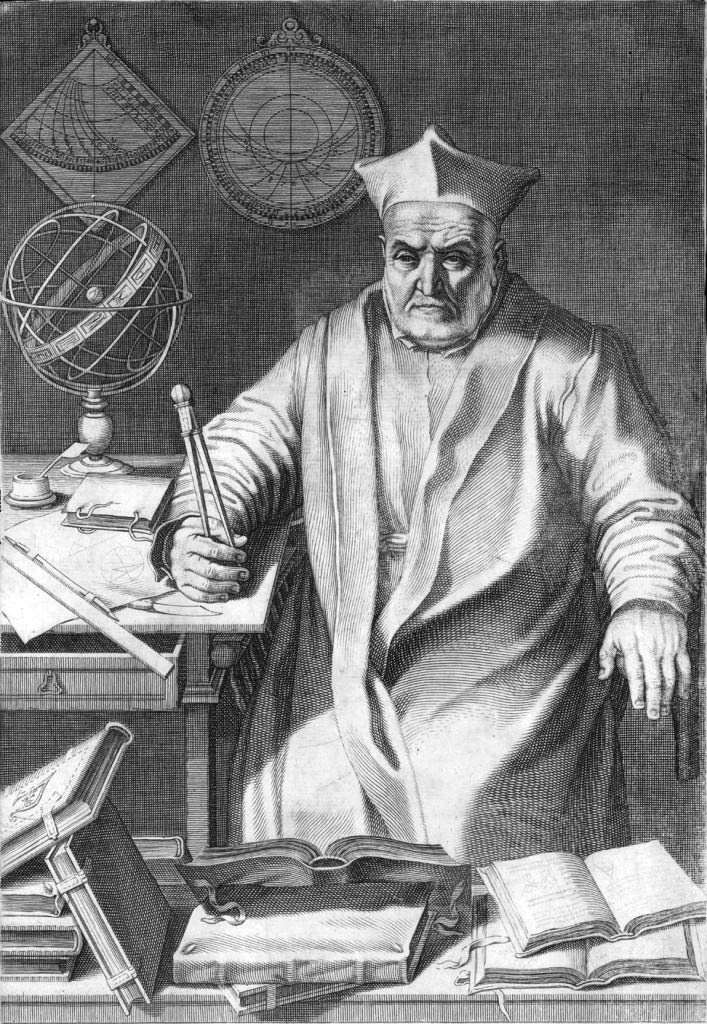Why need a leap year?
February 2017 has no 29th day, so 2017 is not a HUGE calendar year, but why do we still need a leap year?

The orbital cycle of the Earth around the Sun is 365.25 days.
The reason is that Earth takes about 365.25 days to spin all the way around the Sun every year. It was the 0.25 day that created the need to have a leap year every four years.
In non-profit years, that is, the normal year, the calendar does not count to a quarter of the day it is necessary for the Earth to rotate a full circle around the Sun. In fact, the calendar year - a man-made product - is faster than the five true suns, or the year is defined by the movement of our planet in outer space.
Over time, if there is no correction, the calendar year will deviate from the solar year and the deviation will increase gradually. For example, if there is no correction, the calendar year will deviate by about 1 day after 4 years. It will deviate 25 days after 100 years. You can see, if the longer there is no additional leap year for the calendar, the end of July will be the winter in the Northern Hemisphere.
In leap years, a leap date is added to the calendar to slow it down and synchronize the calendar year with the seasons . The leap date was first added to Julian Calendar in 46 BC, by Julius Cesar , following the advice of Sosigenes, an astronomer in Alexandria.
 Christopher Clavius (1538 - 1612), German mathematician and astronomer.(Photo: Wikimedia Commons, Public Domain Tag PD-1923).
Christopher Clavius (1538 - 1612), German mathematician and astronomer.(Photo: Wikimedia Commons, Public Domain Tag PD-1923).
In 1582, Pope Gregory XIII reformed Julian's calendar by creating the Gregorian calendar with the help of Christopher Clavius, a German mathematician and astronomer. The Gregorian calendar adds a rule that at the end of the year "00" should not add a leap date, unless that year number is divisible by 400. This additional correction is to balance the calendar in the interval. It is thousands of years and is necessary because the five suns are actually less than 365.25 days. Indeed, the exact length of the five suns is 365,2422 days.
Therefore, according to the rules established by the Gregorian calendar, leap dates will appear in the following years:
1600 1604 1608 1612 1616 1620 1624 1628 1632 1636 1640 1644 1648 1652 1656 1660 1664 1668 1672 1676 1680 1684 1688 1692 1696 1704 1708 1712 1716 1720 1724 1748 1752 1756 1760 1764 1768 1772 1776 1780 1784 1788 1792 1796 1804 1808 1812 1816 1820 1824 1828 1836 1836 1860 1864 1868 1872 1876 1880 1884 1888 1892 1896 1904 1908 1912 1916 1920 1924 1928 1932 1936 1940 1944 1948 1952 1956 1960 1964 1968 1972 1976 1980 1984 1988 1992 1996 2000 2004 2008 1988 1992 1996 2000 2000 2004 2008 2008 2012 2016 2020 2024 2028 2032 2036 2040 2044 2048 2052 2056 2060 2064 2068 2072 2076 2080 2084 2088 2092 2096 2104 2108 2112 2116 2120 2124 2128 2132 2136 2140 2144 2148 2152.
Note that 2000 is a leap year because it is divisible by 400, but 1990 is not a leap year.
Since 1582, the Gregorian calendar has gradually been accepted as an " civilized " international standard for many countries around the world.
- Why is there a 29/2 leap date?
- New convenient calendar
- Learn about Magic Leap: When virtual 3D images are projected directly into the eye
- How to calculate the leap month in the lunar calendar?
- Gesture-inspired touchpad display
- 2016 will be longer than usual
- 2008 will be longer than a year
- How to calculate lunar calendar month
- This year has been the earliest spring season since 1896
- Vietnam will leap forward if it knows to improve foreign technology
- 10 mysteries about time (I)
- Interesting things on February 29 less known
 'Fine laughs' - Scary and painful torture in ancient times
'Fine laughs' - Scary and painful torture in ancient times The sequence of numbers 142857 of the Egyptian pyramids is known as the strangest number in the world - Why?
The sequence of numbers 142857 of the Egyptian pyramids is known as the strangest number in the world - Why? History of the iron
History of the iron What is alum?
What is alum?